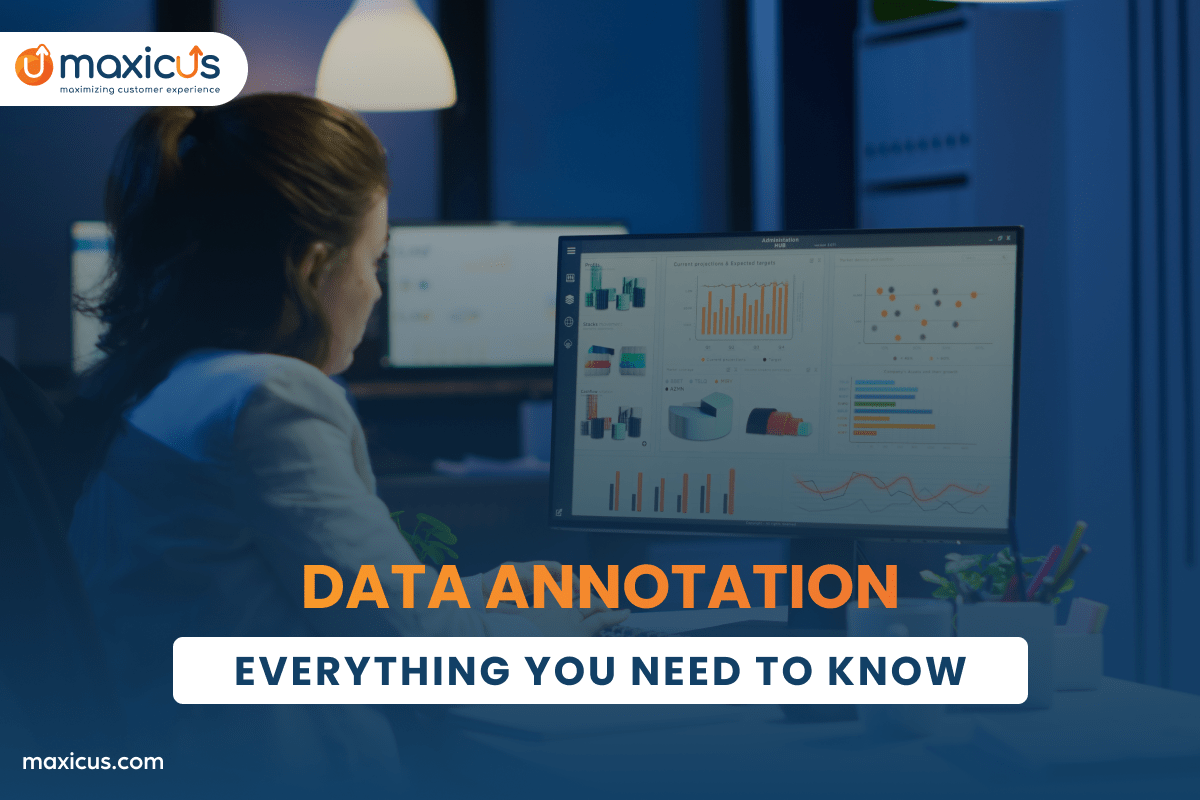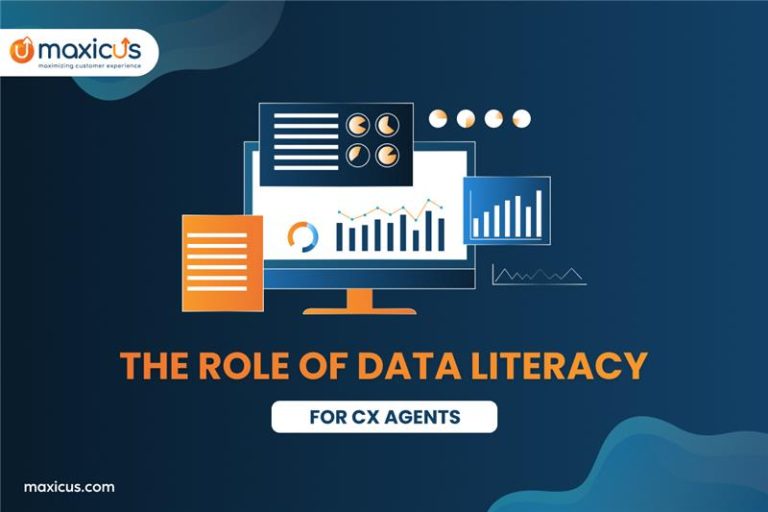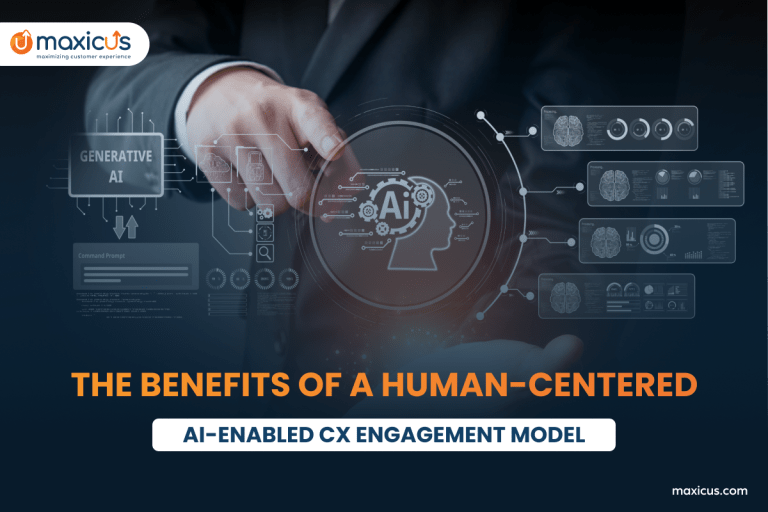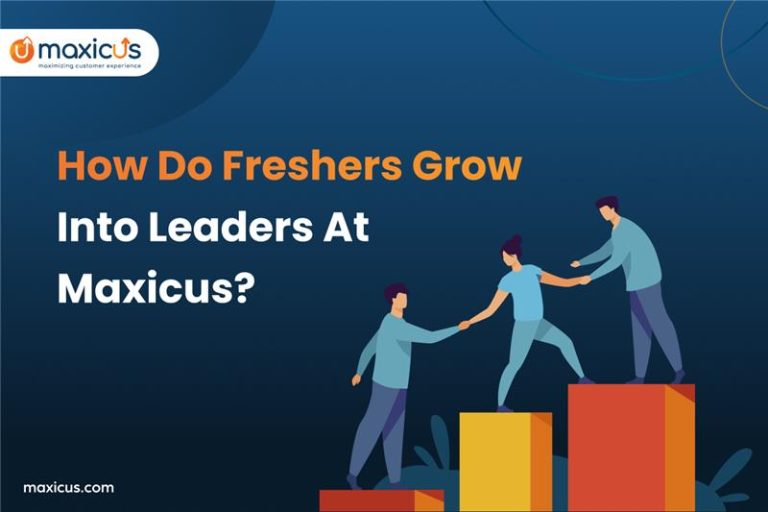Data Annotation: Everything You Need to Know
In today’s data-driven world, artificial intelligence (AI) and machine learning (ML) are only as effective as the data that fuels them. Data annotation—the process of labeling raw data—is a critical component in building intelligent systems. Without accurately annotated data, AI systems can’t make sense of the world around them, leading to skewed outcomes or even complete failure.
This guide provides a deep dive into the what, why, and how of data annotation, its tools, benefits, challenges, and industry-specific applications—and why Maxicus is a trusted partner for scalable, accurate annotation solutions.
A Brief Guide about Data Annotation
Imagine you have a pile of photos, and you want your computer to recognize what’s in them. How would it know a cat from a car? That’s where data annotation comes in. It’s like teaching your computer to see and understand the world by labeling data. This process turns raw data into something useful for training AI models. Pretty cool, right?
What is Data Annotation?
Data annotation is all about adding labels or tags to raw data—think text, images, audio, or video. For example, if you have a picture of a dog, you might label it “dog.” If you have a sentence, you might tag the words with their parts of speech. This labeled data helps AI models learn and make smart decisions.
Why is Data Annotation Important?
Think of data annotation as the secret sauce for training AI models. Here’s why it’s a big deal:
1. Training AI Models: AI needs examples to learn, and annotated data provides those examples.
2. Improving Accuracy: The better the annotations, the smarter your AI gets.
3. Enhancing User Experience: When AI understands data well, it can interact more smoothly with users.
4. Compliance and Safety: In fields like healthcare and finance, accurate data annotation keeps everything on the up and up.
Steps in the Data Annotation Process
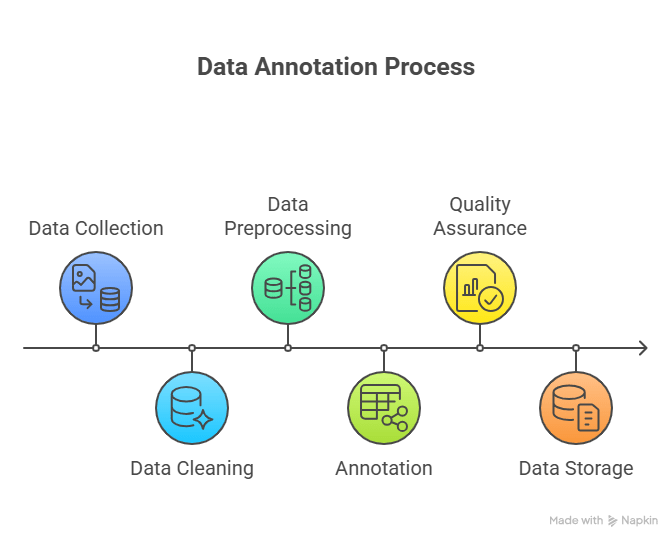
Let’s walk through the typical steps in data annotation:
1. Data Collection: Gather all the raw data you need.
2. Data Cleaning: Tidy up the data to remove any errors or noise.
3. Data Preprocessing: Get the data ready for annotation.
4. Annotation: Add those all-important labels using tools designed for the job.
5. Quality Assurance: Double-check everything to make sure it’s accurate.
6. Data Storage: Keep your annotated data safe and sound for future use.
Types of Data Annotation
Different types of data need different kinds of annotation. Here are a few examples:
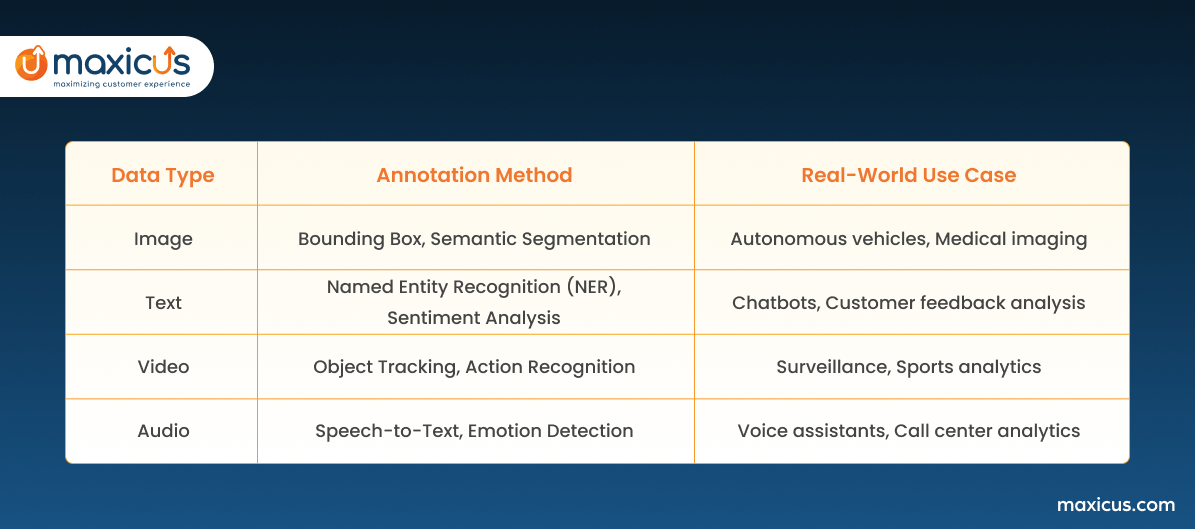
Features of Data Annotation Tools
Good annotation tools make the process a breeze. Here’s what to look for:
1. User-Friendly Interface: Easy to use, even if you’re new to this.
2. Collaboration Features: Work together with your team seamlessly.
3. Automation: Save time with tools that handle repetitive tasks.
4. Quality Control: Ensure accuracy with built-in review features.
5. Integration: Play nice with other tools you’re already using.
Benefits of Data Annotation
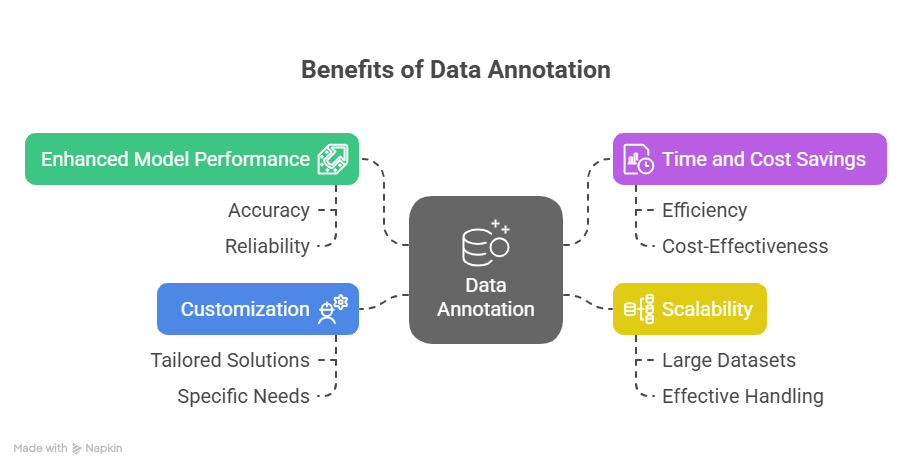
Why go through all the trouble? Here are some big benefits:
1. Enhanced Model Performance: Your AI models will perform better and more accurately.
2. Time and Cost Savings: Efficient tools mean less time and money spent on data prep.
3. Scalability: Handle large datasets without breaking a sweat.
4. Customization: Tailor solutions to fit your specific needs.
Challenges of Data Annotation
It’s not all smooth sailing. Here are some common challenges:
1. Quality Control: Ensuring every annotation is top-notch can be tough.
2. Consistency: Keeping labels consistent across different annotators and datasets.
3. Scalability: Managing and annotating large volumes of data efficiently.
4. Domain Expertise: Some tasks need specialized knowledge, which can be hard to find.
Data Annotation in Specific Industries
Different industries use data annotation in unique ways:
1. Healthcare: Label medical images and patient records for better diagnostics.
2. Finance: Annotate financial data to detect fraud and assess risk.
3. Retail: Label customer data for personalized marketing and recommendations.
4. Automotive: Annotate images and sensor data for self-driving cars.
Difference Between Data Annotation and Data Labeling
People often mix these up, but here’s the scoop:
- Data Annotation: A broader term that includes adding any type of label or tag to data, like drawing boxes around objects in an image.
- Data Labeling: A specific type of annotation where you simply assign labels to data points, like marking a sentence as positive or negative.
How Maxicus Plays a Crucial Role
At Maxicus, we’re all about making data annotation easy and effective. Our tools are designed to handle complex datasets with ease, ensuring your AI models get the high-quality training data they need. Whether you’re in healthcare, finance, or any other industry, Maxicus can help you overcome the challenges of data annotation and unlock the full potential of your AI projects. We’re here to make your journey smoother and more successful.
Need a Custom Solution?
FAQ
Q1: What’s the difference between supervised and unsupervised learning?
A1: Supervised learning uses labeled data to train models, while unsupervised learning works with unlabeled data to find patterns on its own.
Q2: How long does data annotation usually take?
A2: It depends on the complexity. Simple text labeling might take a few hours, while detailed image segmentation could take days or weeks.
Q3: Can Maxicus handle big data annotation projects?
A3: Absolutely! Our solutions are built to scale, so you can handle large datasets efficiently and get results fast.
Q4: Which industries benefit most from data annotation?
A4: Healthcare, finance, retail, automotive, and tech are just a few industries that see huge benefits from data annotation.
Q5: How does Maxicus ensure high-quality annotations?
A5: We use strict quality control, including multiple reviews and validation checks, to make sure every annotation is spot-on.
So there you have it! Data annotation might sound technical, but with the right tools and a bit of know-how, it’s a powerful way to supercharge your AI projects. Maxicus is here to guide you every step of the way. Ready to get started? Let’s make your data work smarter!

